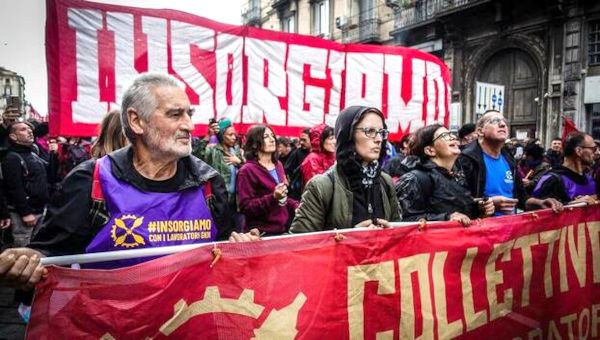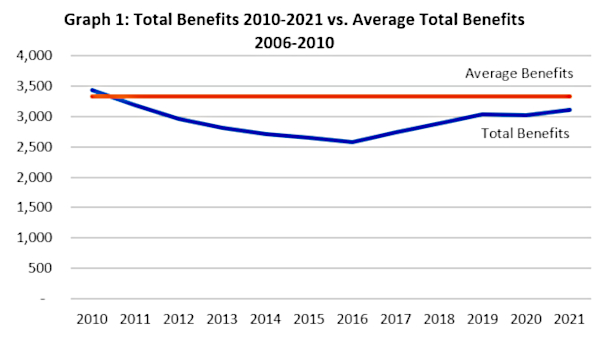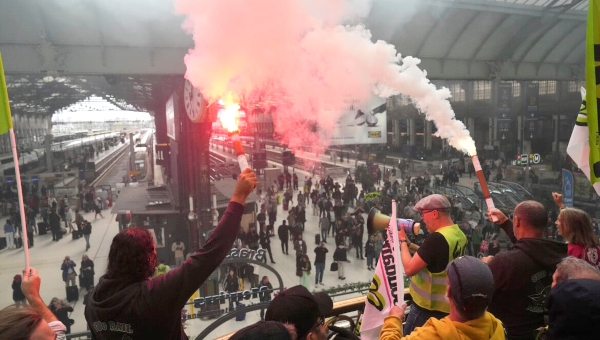Learning Some Lessons from Michigan’s Auto Jobs Crisis
The evidence of manufacturing job loss on a massive scale in Ontario where the Canadian auto industry is concentrated is clear and undeniable. Nonetheless a question must be asked. Is it accurate to characterize what is taking place here as a “manufacturing crisis?” Or is it something else?
We should consider developments in the auto industry in Michigan. Downsizing and job losses in Michigan’s Big Three dominated auto industry have ravaged the state’s economy since the early 1980s. They are responsible for Michigan having the highest unemployment rate of any state in the U.S. as of last November. Yet in 2006 manufacturing capacity utilization in Michigan was at a four year high and continuing to climb without corresponding increases in manufacturing employment. The reasons for this were very obvious. Corporations have used technology, increasingly lean work practices and outsourcing to ramp up production and squeeze more and more work from fewer and fewer workers.
But the situation is changing dramatically. In the wake of the 2007 United Autoworkers (UAW) contracts signed with the Big Three auto corporations it is projected that there will be more than 36,000 new job openings at Big Three plants in Michigan over the next three years. The reason why is painfully clear. It is because the UAW negotiated retirement and buyout packages to facilitate a mass exodus of the existing workforce in order to replace most but not all of these well compensated workers with new hires who will be paid half as much (less than the average industrial wage in the U.S.), receive far fewer benefits and who will get no pensions upon their retirement.
This means Michigan’s jobs or manufacturing crisis is coming to an abrupt end courtesy of the UAW. This shows that the exodus of manufacturing jobs from Michigan never really was a manufacturing crisis.
This also reveals that the exodus of manufacturing jobs has been an integral part of a corporate strategy to realize a low wage, economically insecure workforce in Michigan. The exodus of well compensated manufacturing jobs set the stage for employers like the Big Three to extract massive contract concessions from the UAW through exercising their control over investment decisions.
The Big Three in particular selectively withheld investments of their capital in states like Michigan in order to impose their demands on the UAW and realize their agenda not so unlike the way the UAW membership once withheld their labour through strike action in order to advance their demands and realize their agenda. The Big Three’s plans to hire more than 36,000 workers over the next three years show that they have succeeded in getting what they want. As a result they are turning the corner in terms of ending Michigan’s “manufacturing crisis.”
All of this reveals that what has really been in crisis in Michigan is not manufacturing but a once mighty UAW in full retreat. Simply stated, the Big Three auto bosses have been and continue to systematically crush the UAW. In addition the UAW’s hopeless leadership are showing that they are lost in terms of knowing how to respond and they have no intention of turning the tables on the corporations and waging a counteroffensive. The UAW rank and file is left to suffer the consequences and watch everything they achieved over the last 70 years be annihilated.
Autoworkers here in the CAW concerned about Ontario’s “manufacturing crisis,” ongoing job losses inside our workplaces and union contracts containing more and more concessions should take note of developments in Michigan. Those developments should lead us to fundamentally question where we are going. •
Bruce Allen is the Vice-President of CAW Local 199 in St. Catharines and a GM worker.





